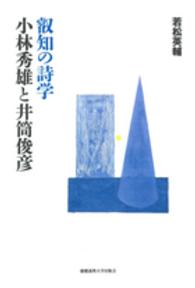- ホーム
- > 洋書
- > 英文書
- > Business / Economics
基本説明
New in paperback. Hardcover was published in 2010. Focuses on the evolution of exchange rate regimes since 1973, identifying the period following the Bretton Woods Agreement as "the modern era" in international exchange rate regimes.
Full Description
An analysis of the operation and consequences of exchange rate regimes in an era of increasing international interdependence.The exchange rate is sometimes called the most important price in a highly globalized world. A country's choice of its exchange rate regime, between government-managed fixed rates and market-determined floating rates has significant implications for monetary policy, trade, and macroeconomic outcomes, and is the subject of both academic and policy debate. In this book, two leading economists examine the operation and consequences of exchange rate regimes in an era of increasing international interdependence.Michael Klein and Jay Shambaugh focus on the evolution of exchange rate regimes in the modern era, the period since 1973, which followed the Bretton Woods era of 1945-72 and the pre-World War I gold standard era. Klein and Shambaugh offer a comprehensive, integrated treatment of the characteristics of exchange rate regimes and their effects. The book draws on and synthesizes data from the recent wave of empirical research on this topic, and includes new findings that challenge preconceived notions.








